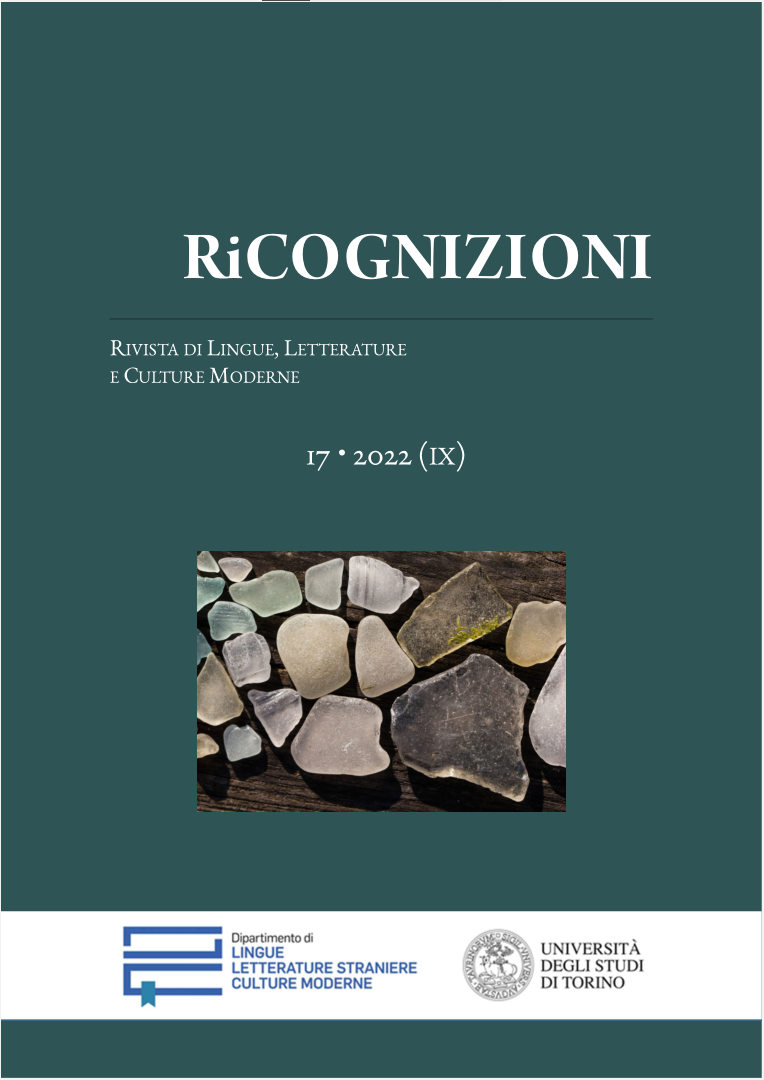Translanguaging in EMI
Lecturers’ perspectives and practices
DOI:
https://doi.org/10.13135/2384-8987/6670Parole chiave:
EMI, Translanguaging, English-Only Approach, Language Policies, Language PracticesAbstract
The use of English to teach academic subjects at university level has been on the increase in the past years, attracting considerable research attention. Among the most pressing issues is that of the language competences required to teach and learn through English. Accordingly, EMI studies have investigated, among other topics, the use of language in the classroom, focusing on the features of lecturers’ spoken production in English. Although the use of English is assumed in EMI, insights into classroom practices indicate that lecturers and students engage in translanguaging between English and other languages. The goal of this paper is to investigate whether lecturers pursue a language policy in class, why they confine themselves to English and when they exploit their multilingual resources, allowing or even prompting students to do the same. Drawing data from interviews with thirty EMI lecturers from five European countries (Croatia, Denmark, Italy, Spain and the Netherlands), the lecturers’ implicit or explicit language policies will be investigated, inquiring into the motives for the adoption of an English-only approach or the flexible use of other languages. Subsequently, classroom discourse practices will be examined focusing on translanguaging in order to verify whether reported language policies and practices correspond to observable behaviour. The data for the study of language use in class is taken from the TAEC Corpus, consisting of thirty transcribed EMI lectures collected within the five countries under study. We will discuss the complexity of the rationale behind English-only language choices and pluralistic language use, arguing that multilingual-oriented EMI policies should not be normed top-down but emerge from communication needs in the classroom.
##submission.downloads##
Pubblicato
Come citare
Fascicolo
Sezione
Licenza
Gli autori che pubblicano su questa rivista accettano le seguenti condizioni:- Gli autori mantengono i diritti sulla loro opera e cedono alla rivista il diritto di prima pubblicazione dell'opera, contemporaneamente licenziata sotto una Licenza Creative Commons - Attribuzione che permette ad altri di condividere l'opera indicando la paternità intellettuale e la prima pubblicazione su questa rivista.
- Gli autori possono aderire ad altri accordi di licenza non esclusiva per la distribuzione della versione dell'opera pubblicata (es. depositarla in un archivio istituzionale o pubblicarla in una monografia), a patto di indicare che la prima pubblicazione è avvenuta su questa rivista.
- Gli autori possono diffondere la loro opera online (es. in repository istituzionali o nel loro sito web) prima e durante il processo di submission, poiché può portare a scambi produttivi e aumentare le citazioni dell'opera pubblicata (Vedi The Effect of Open Access).








